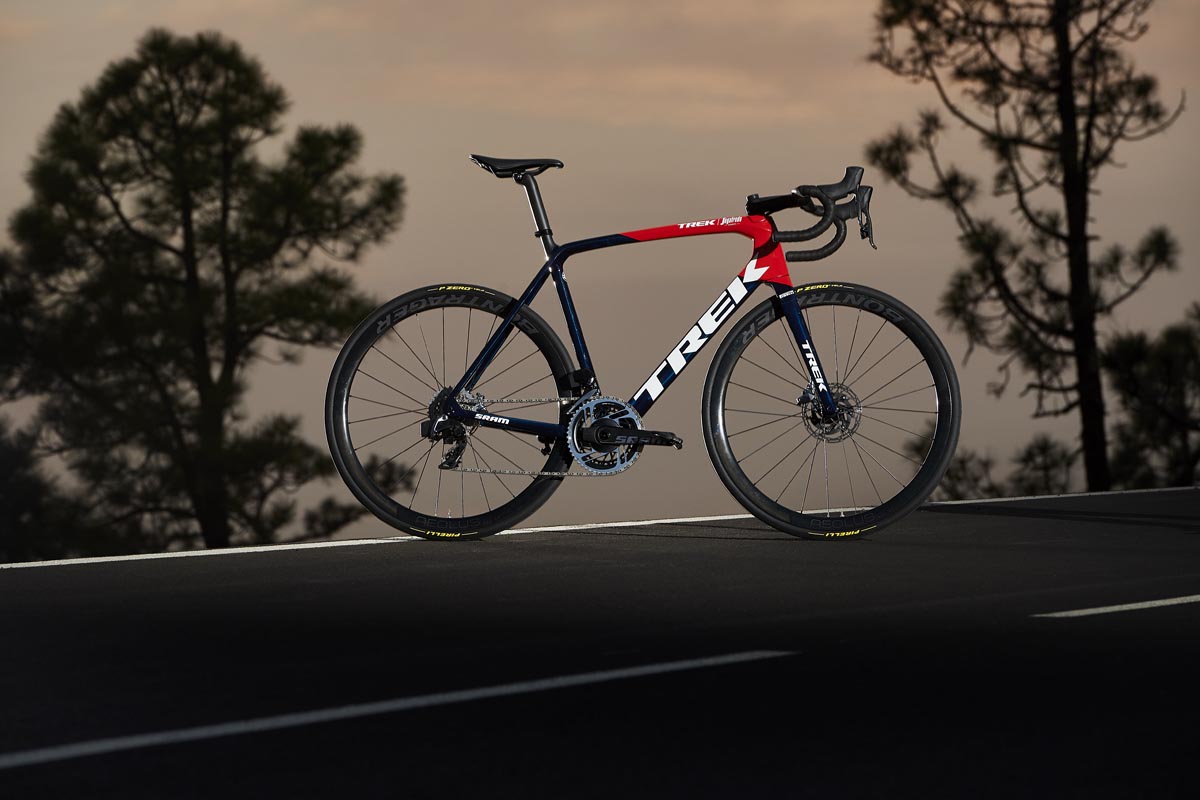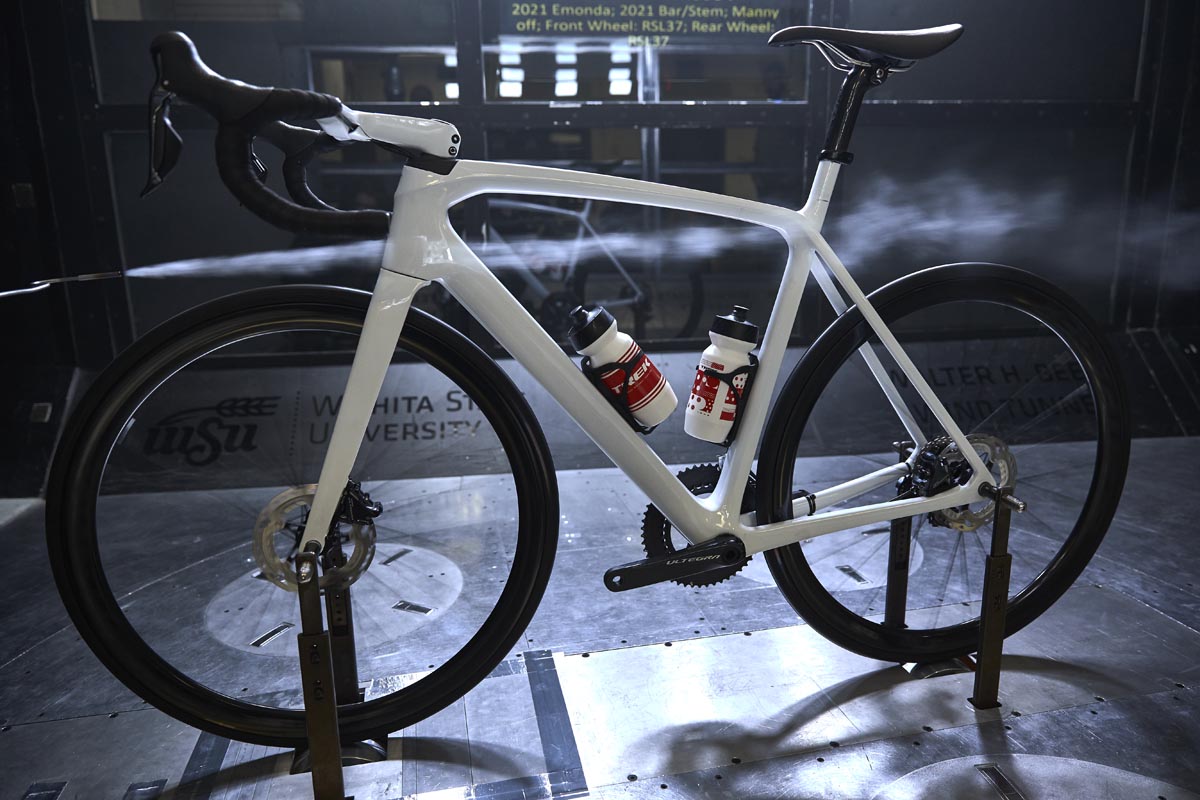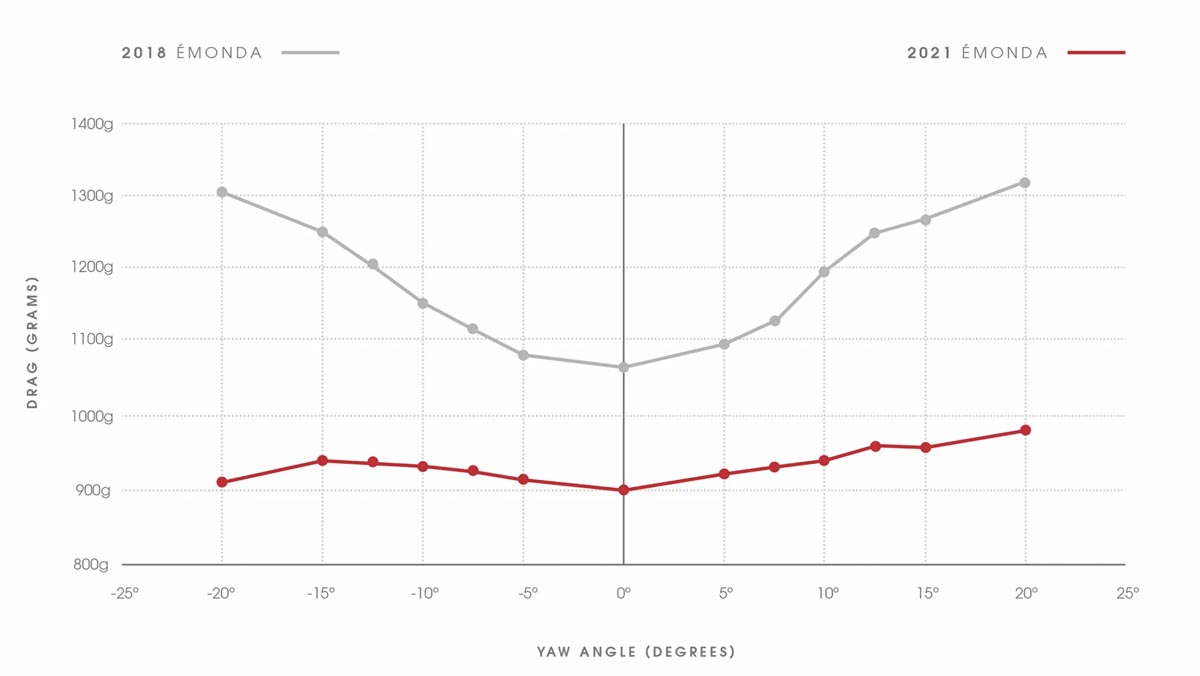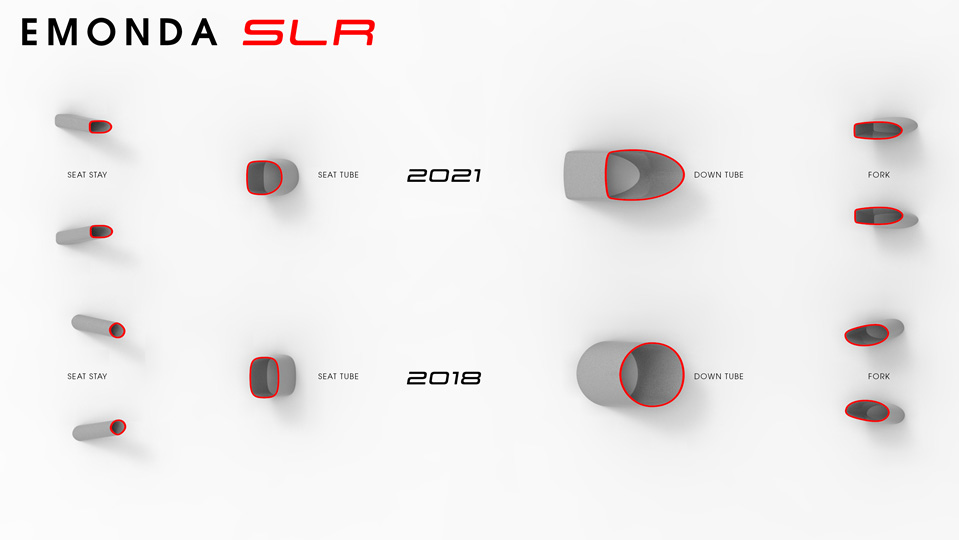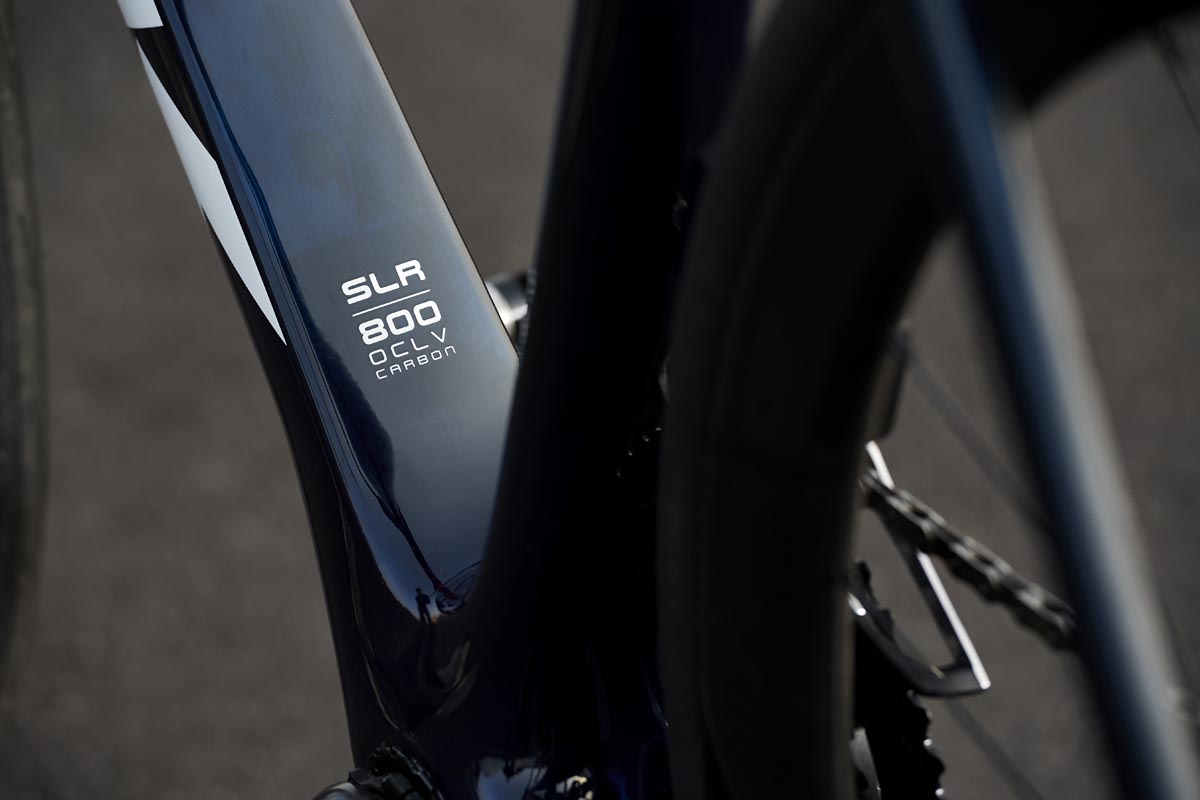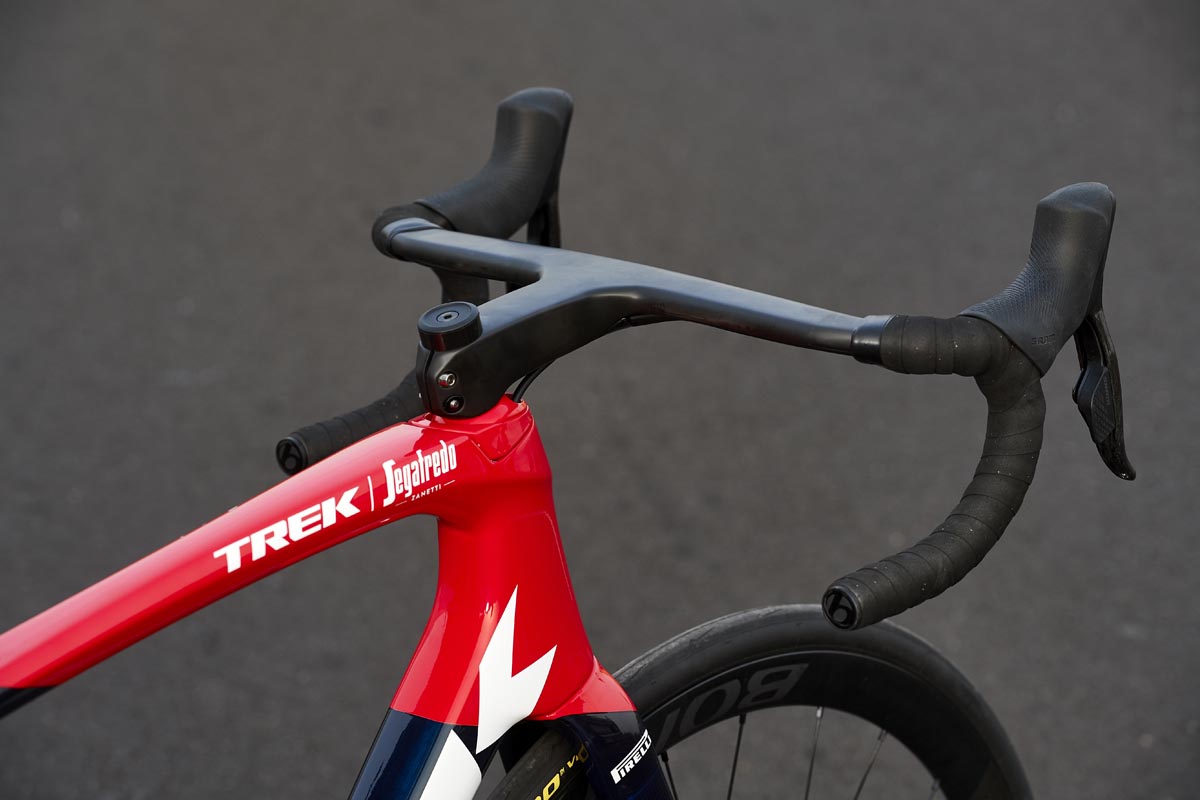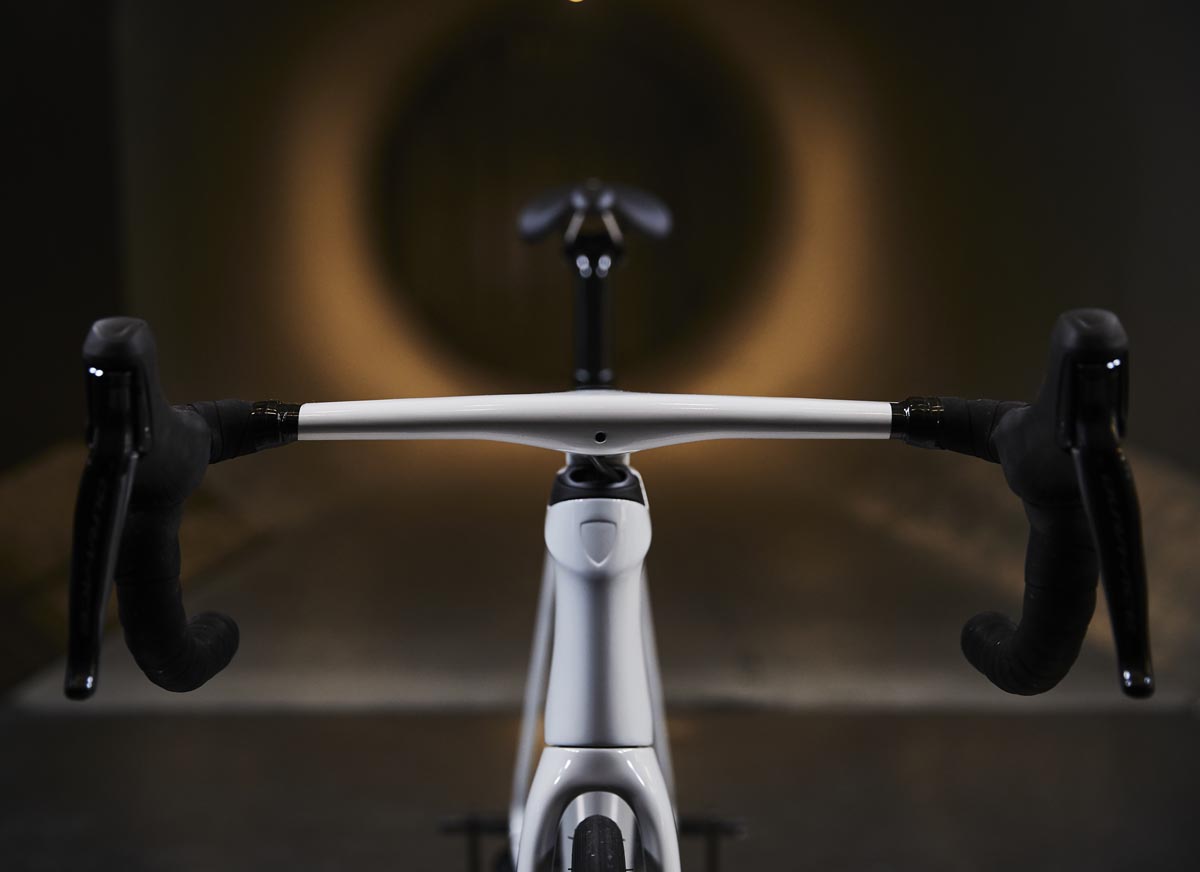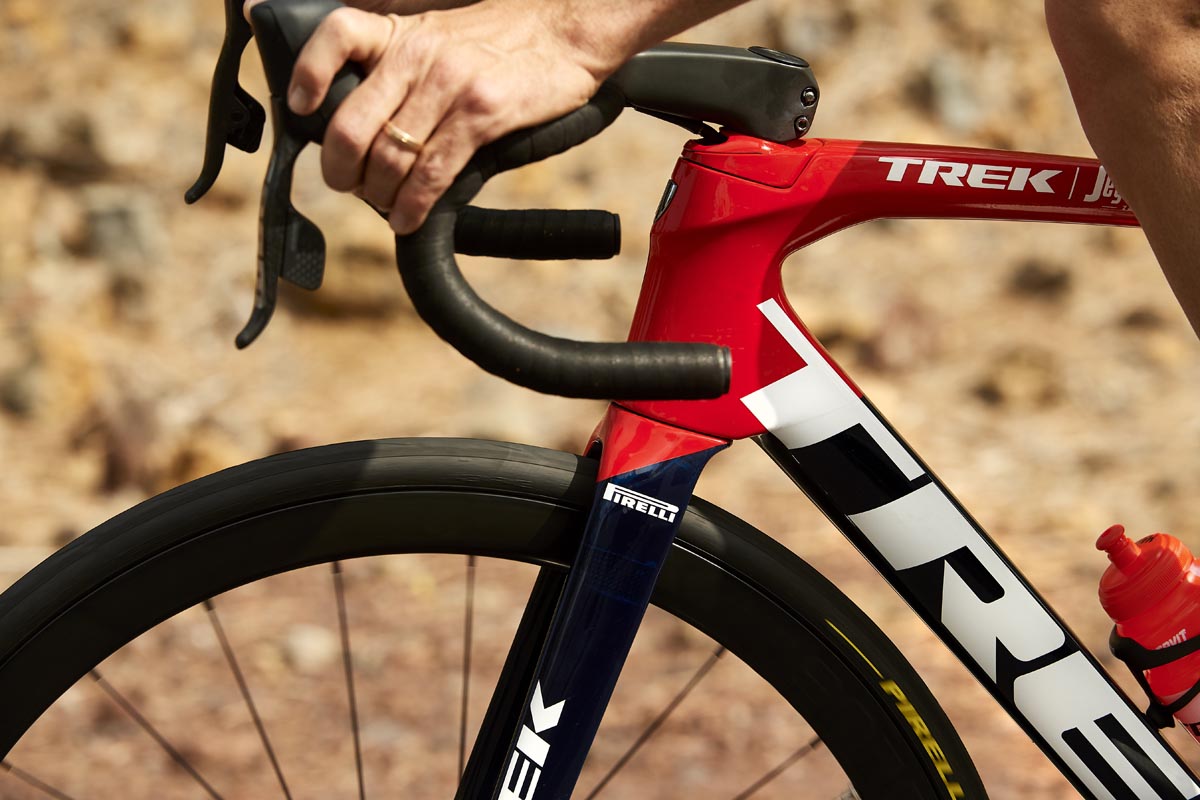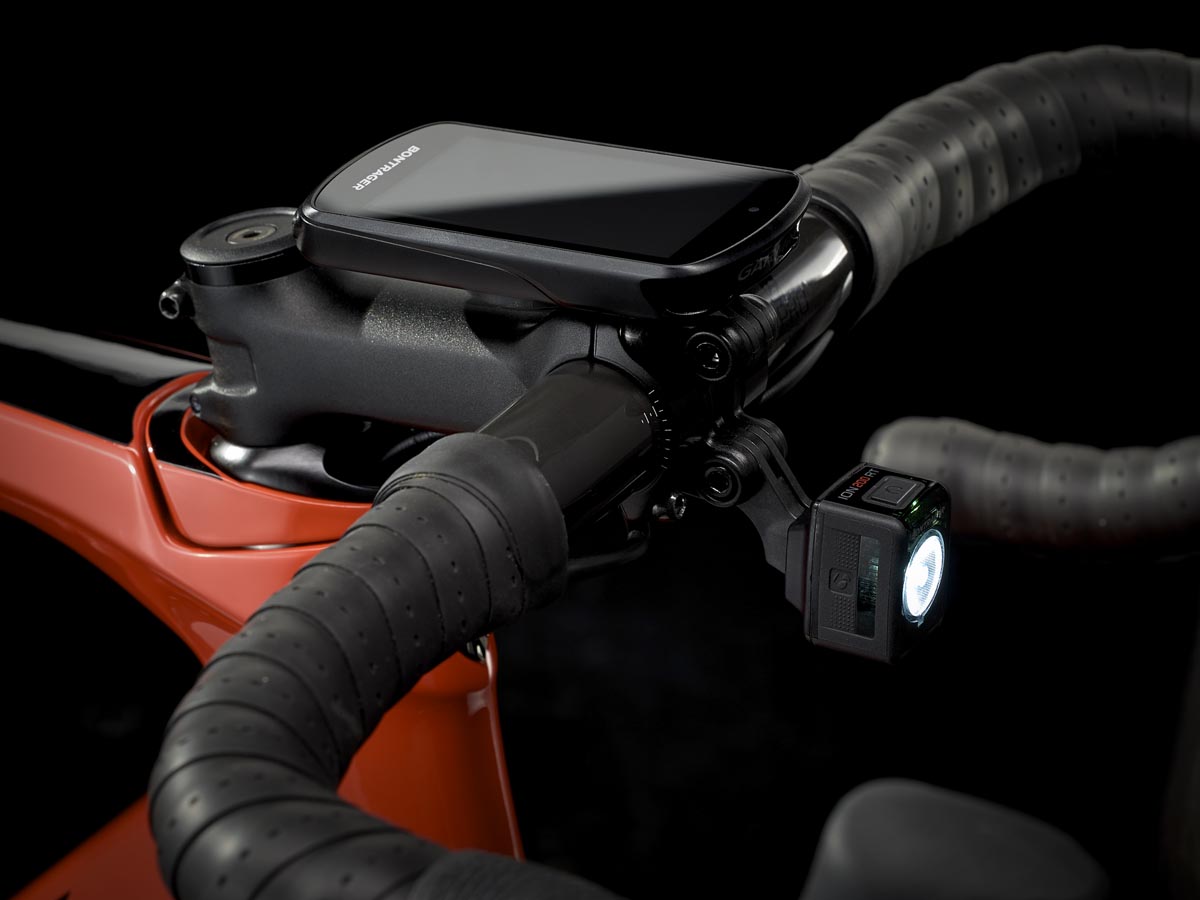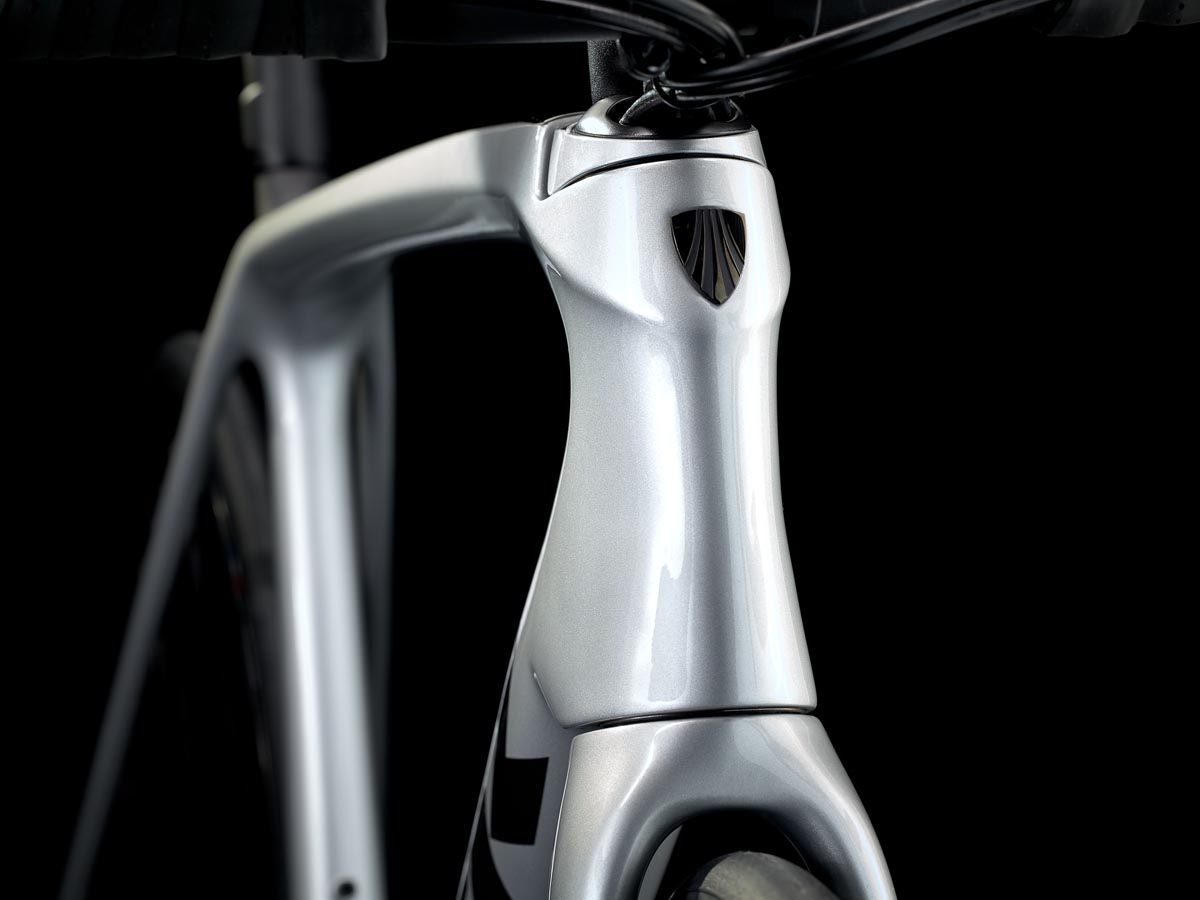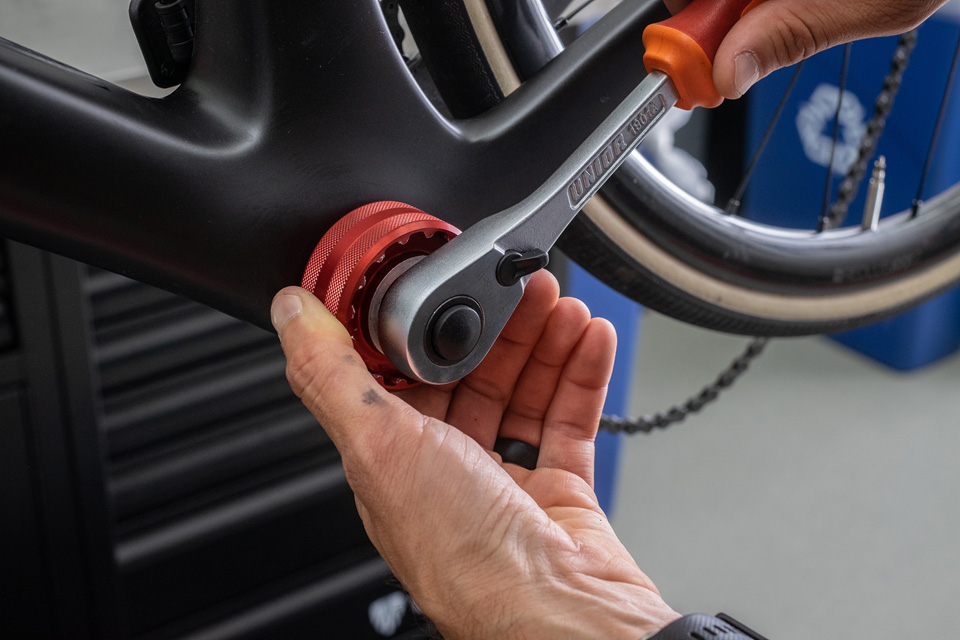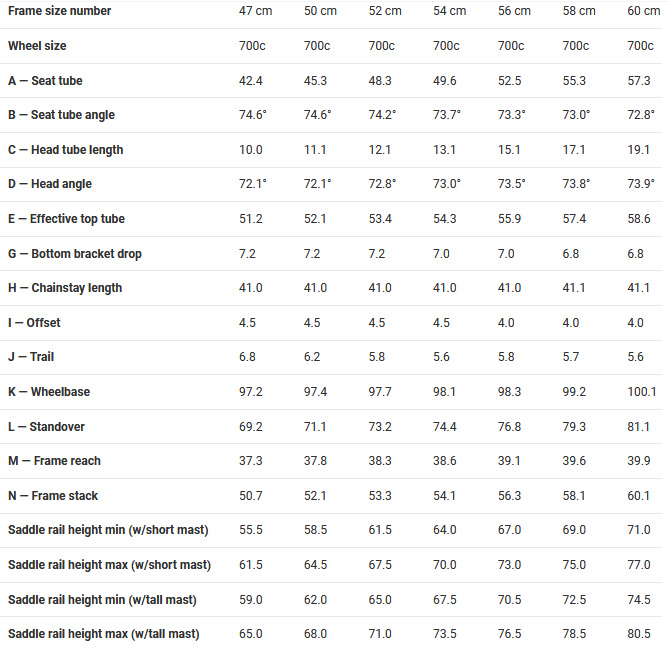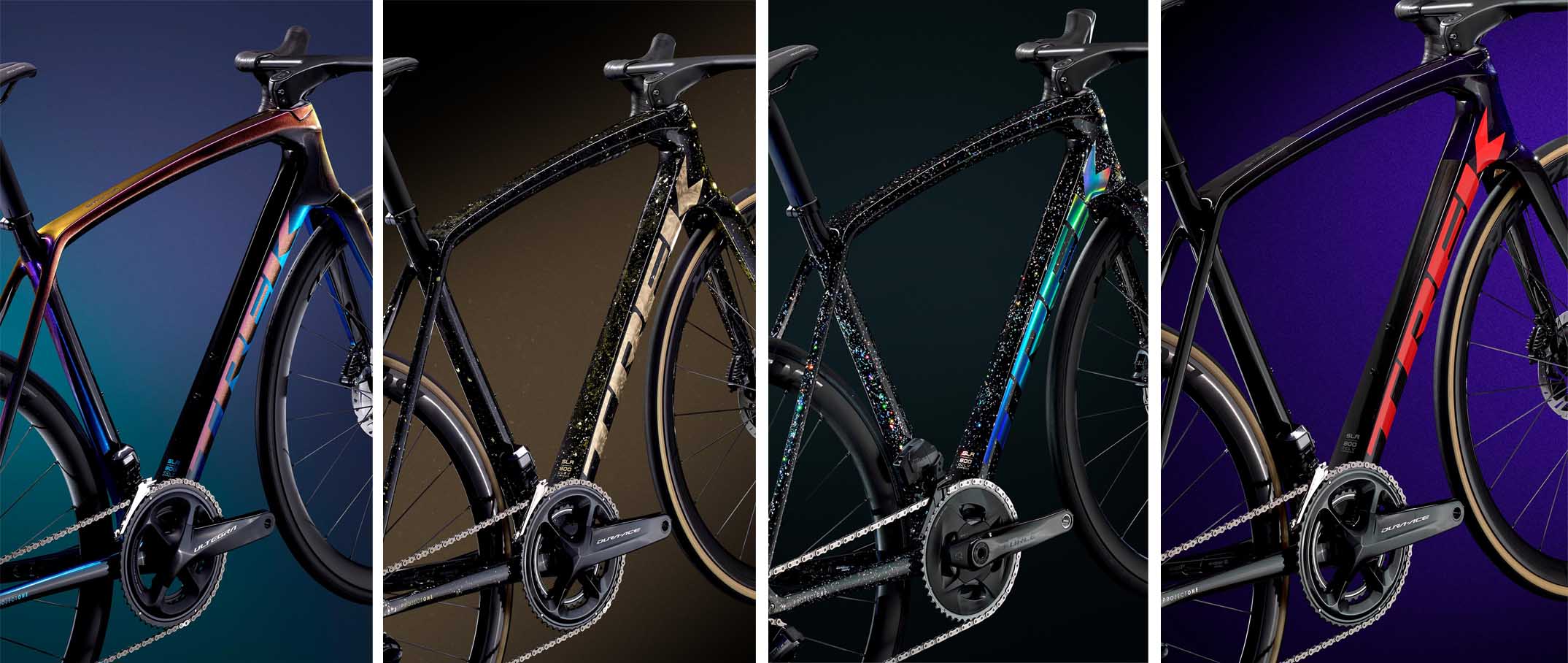Have you seen Bontrager’s new Aeolus carbon wheel lineup? Spanning the gap between budget and race ready, the aerodynamic hoops are the perfect complement to another new Trek product launching today – the all new Émonda.
Fans of super light, efficient climbing bikes needn’t worry. The Émonda is still as light as ever, but now it just got a serious aerodynamic boost to make it faster both up and down the mountain.
After spending plenty of time in the Walter H Beech Wind Tunnel in Wichita, Kansas, the Trek team came up with a new aero tubing package that saves up to 183g of drag. That works out to something like 60 seconds faster per hour on flats compared to the previous generation, and 18 seconds per hour faster at an 8% grade.
The highest level Émonda SLR frames use 800 Series OCLV Carbon fiber to keep the weight below 700g for a frame (size not specified). This premium level carbon material is 30% stronger, which means Trek can use less of it in the layup to drop 60g compared to OCLV 700.
Integration for the win(d)
The high end bikes also gain another aero advantage – the new Aeolus RSL Handlebar/stem combo.
Integrating with the Émonda’s internally routed cables, the Aeolus cockpit will save a 65kg rider about 7 watts while riding at 28mph with a 7mph average wind speed on a flat surface. 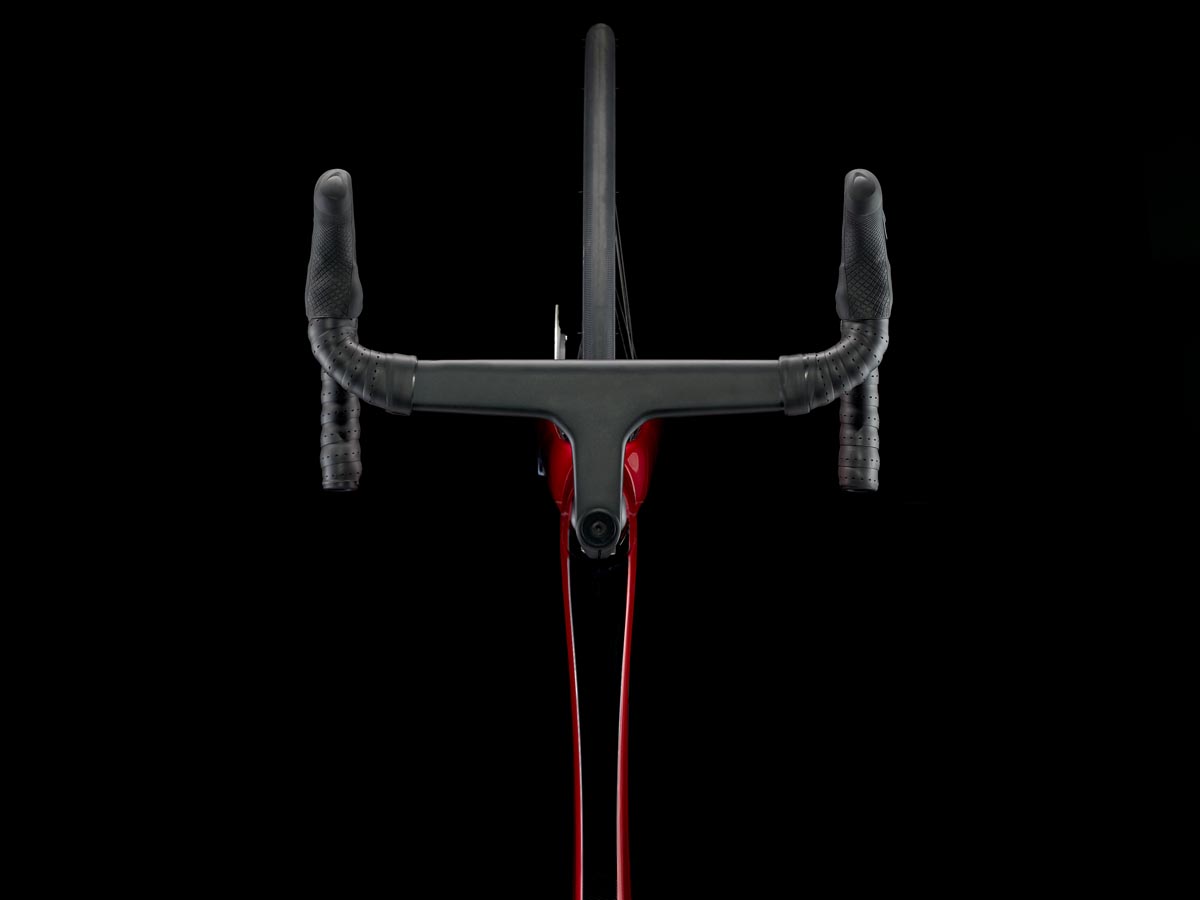
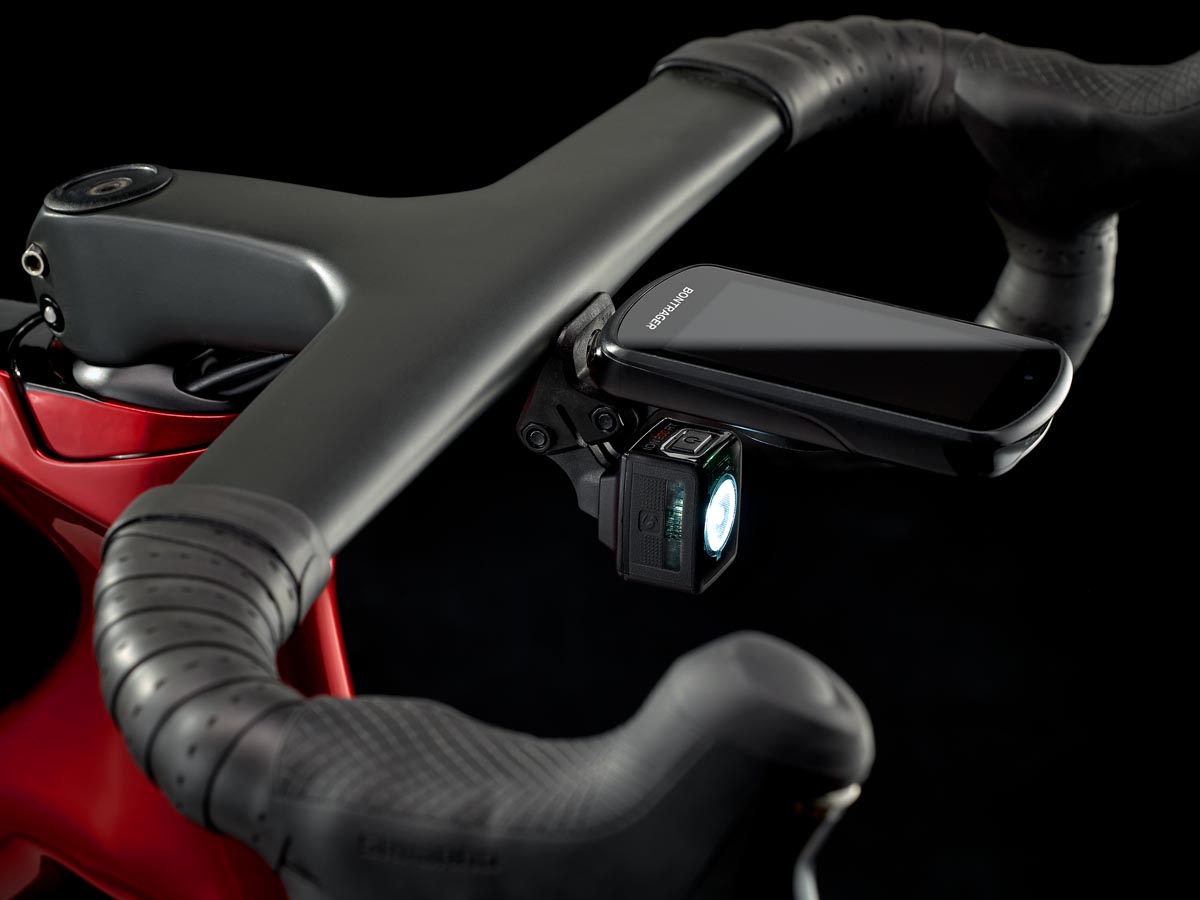
Integrated cable management keeps them out of the wind and out of sight, and the OCLV carbon bar/stem includes a Blendr base and Mono and Duo mounts to mount Ion lights and Garmin computers.
Even if the Émonda you’re buying doesn’t include the Aeolus Bar/Stem, it will still be Blendr compatible with a standard Bontrager stem and bar.
The cable management on the frame is the same as well, with any cables or brake hoses tucking into the frame at the headset and disappearing.
What else is new with the Émonda? How about a T47 threaded bottom bracket? We’ve been seeing Trek use this new standard on a number of their newest bikes, and it continues here. Compatible with all internal-bearing T47 bottom brackets on the market, the design maintains a wide bearing stance within the frame that allows Trek’s engineers to maximize the carbon structure while also including a bottom bracket with threads.
2021 Trek Émonda geometry chart
Along with the SLR version, Trek is offering a lower tier Émonda SL. This bike still gets all of the same aero features as the SLR, but uses OCLV 500 carbon fiber which makes it a bit heavier, but also more affordable.
In terms of fit, Trek uses their H1.5 geometry which was developed with the Trek-Segafredo pro team. This fairly aggressive geo is all about getting the rider in the proper aero position. Since the frame uses the Trek seat mast design, you’ll be limited to a certain minimum and maximum saddle height with each frame based on the seat mast cap that you’re using.
2021 Trek Émonda models, colors & pricing
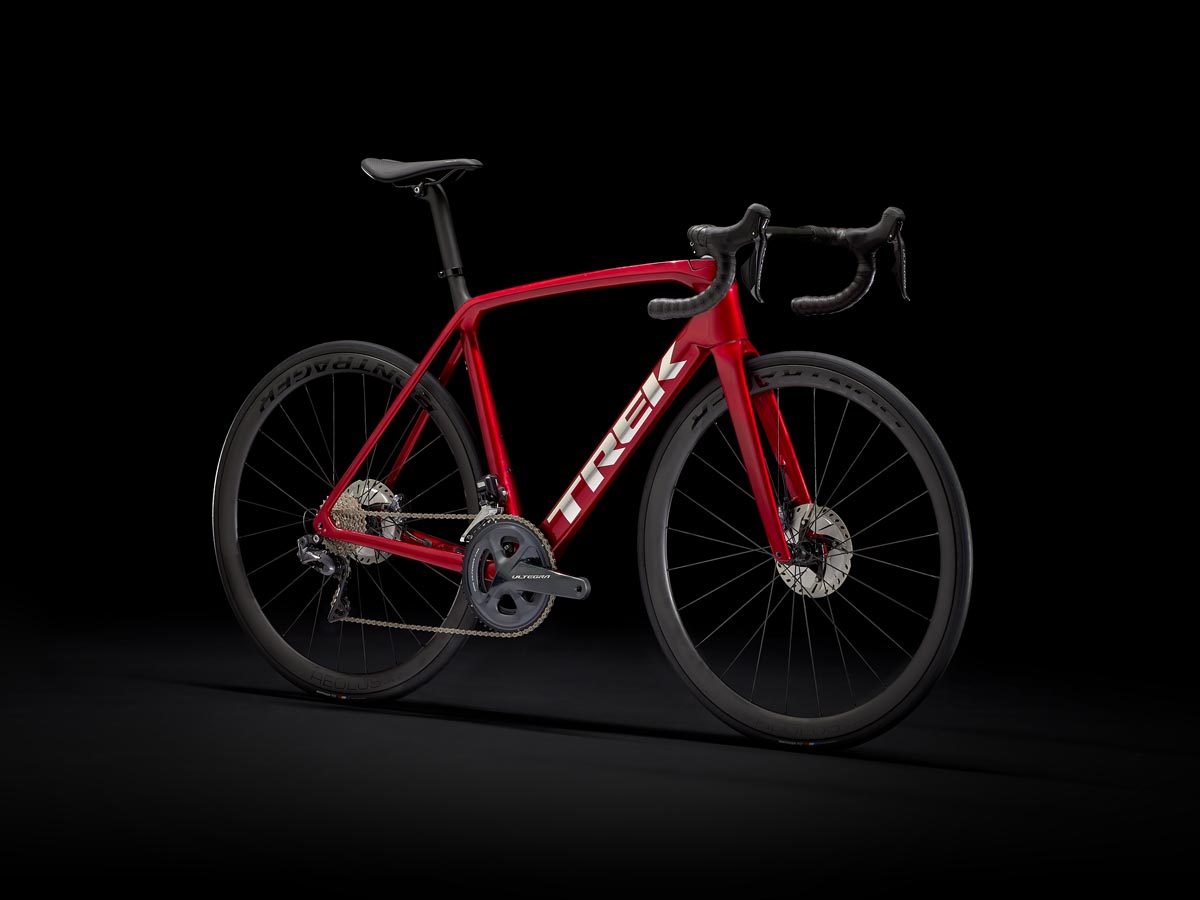
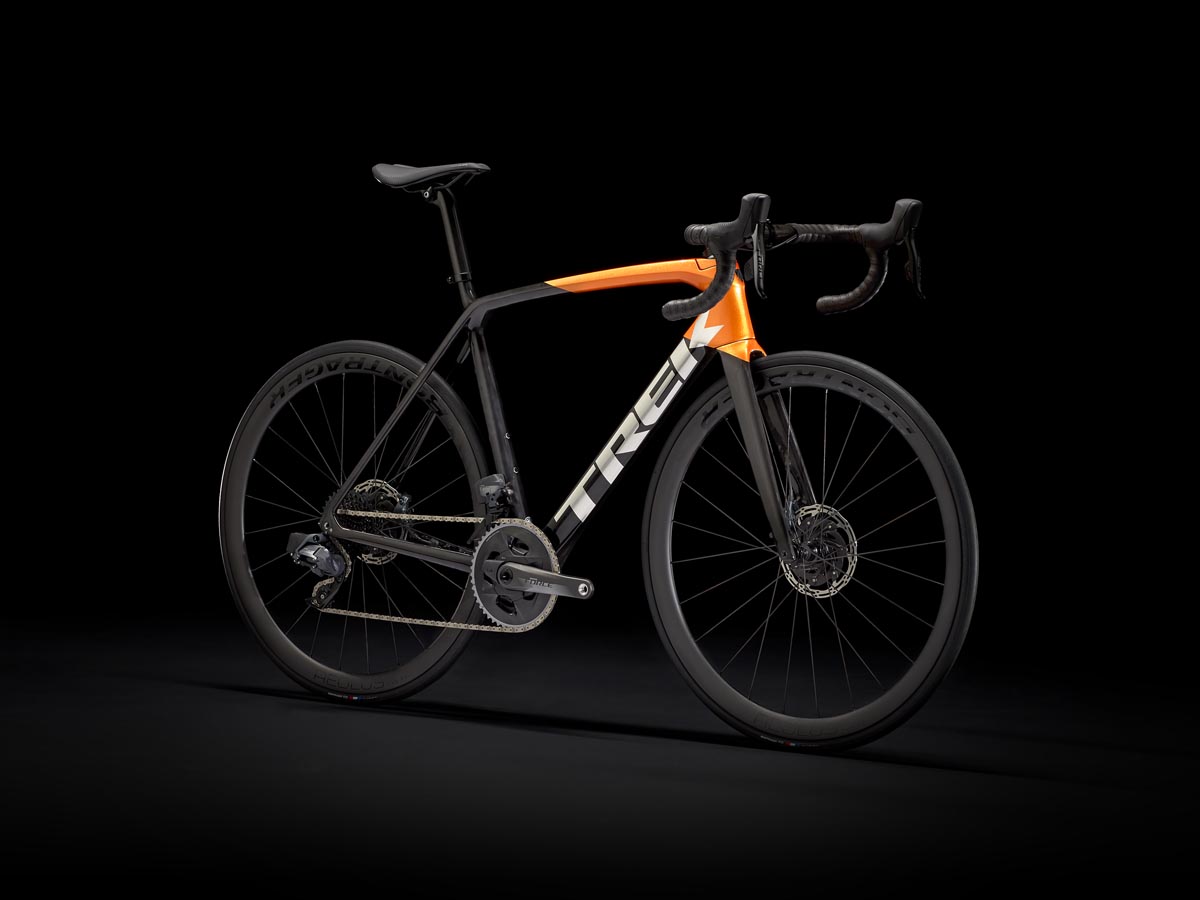
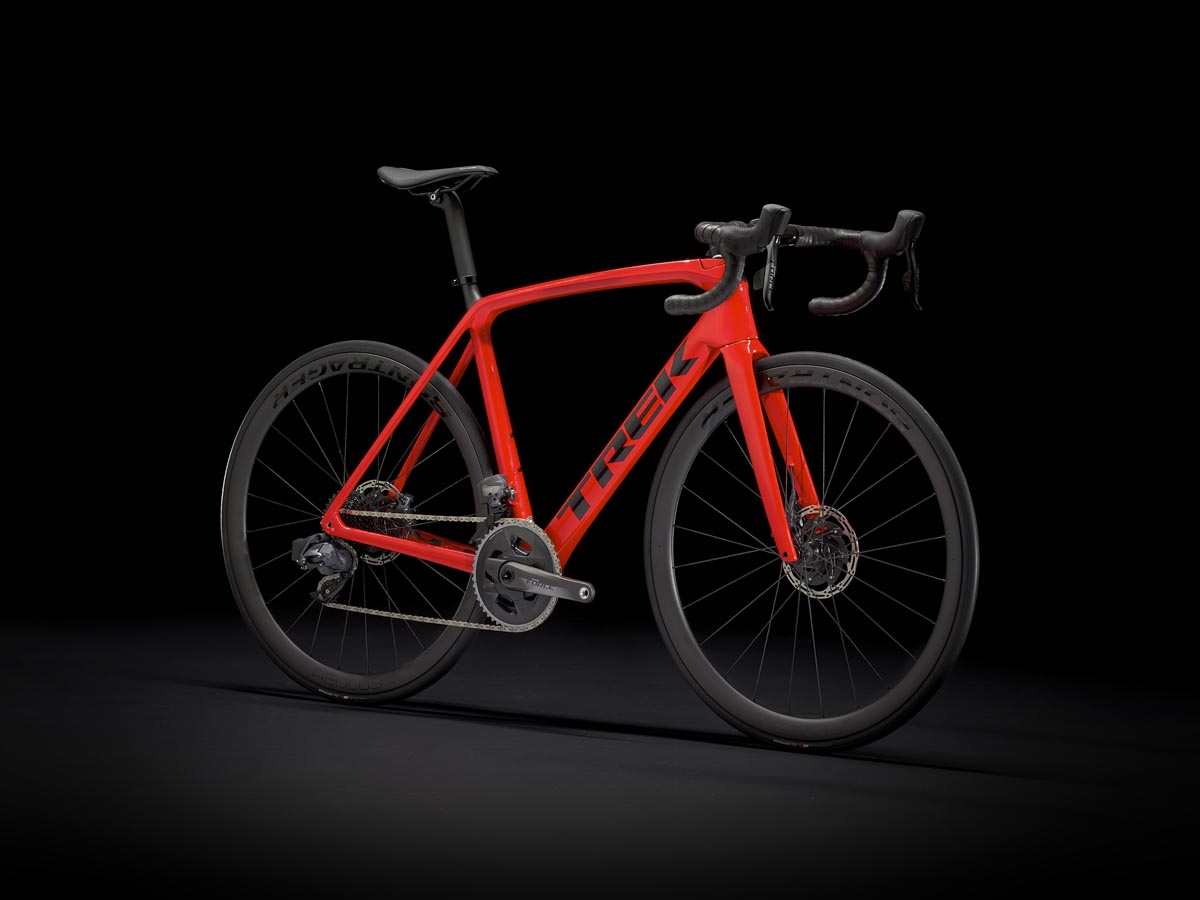
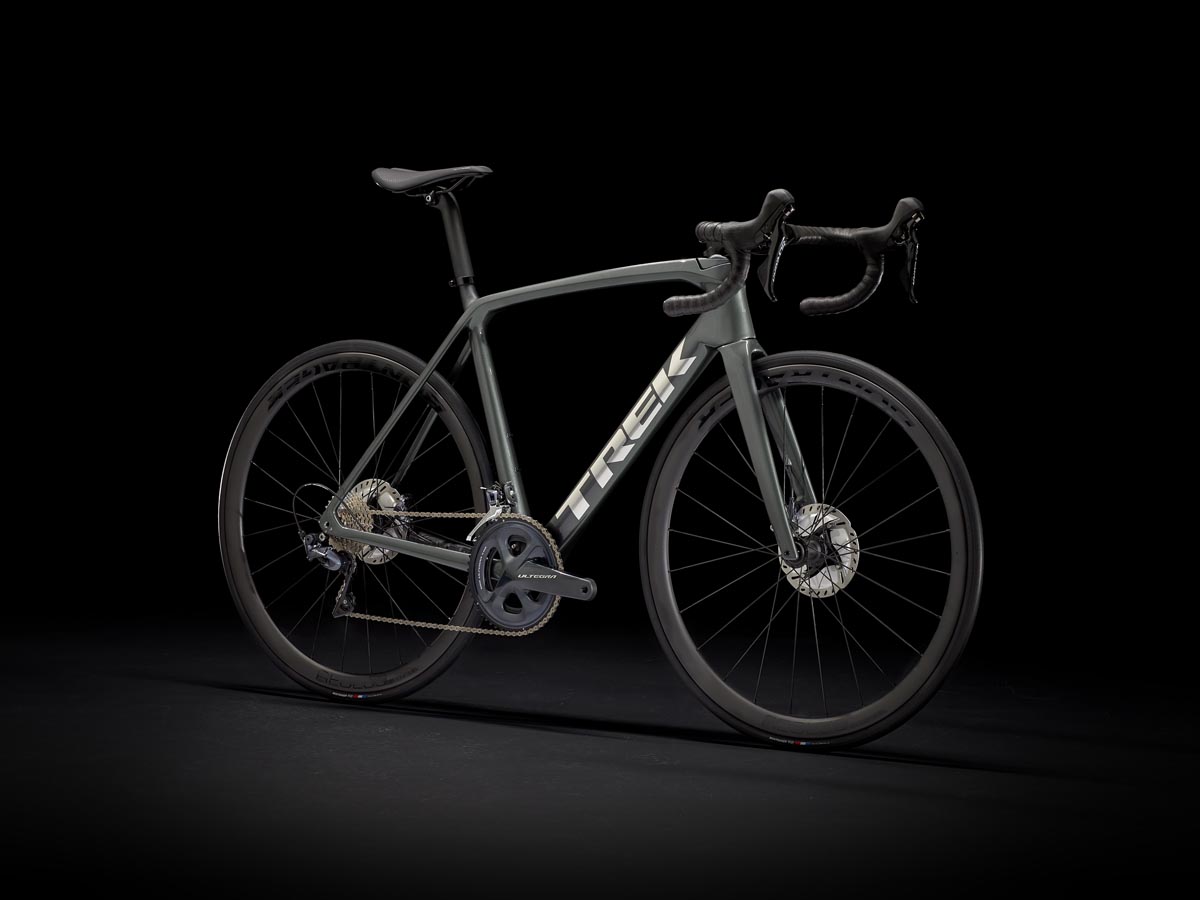
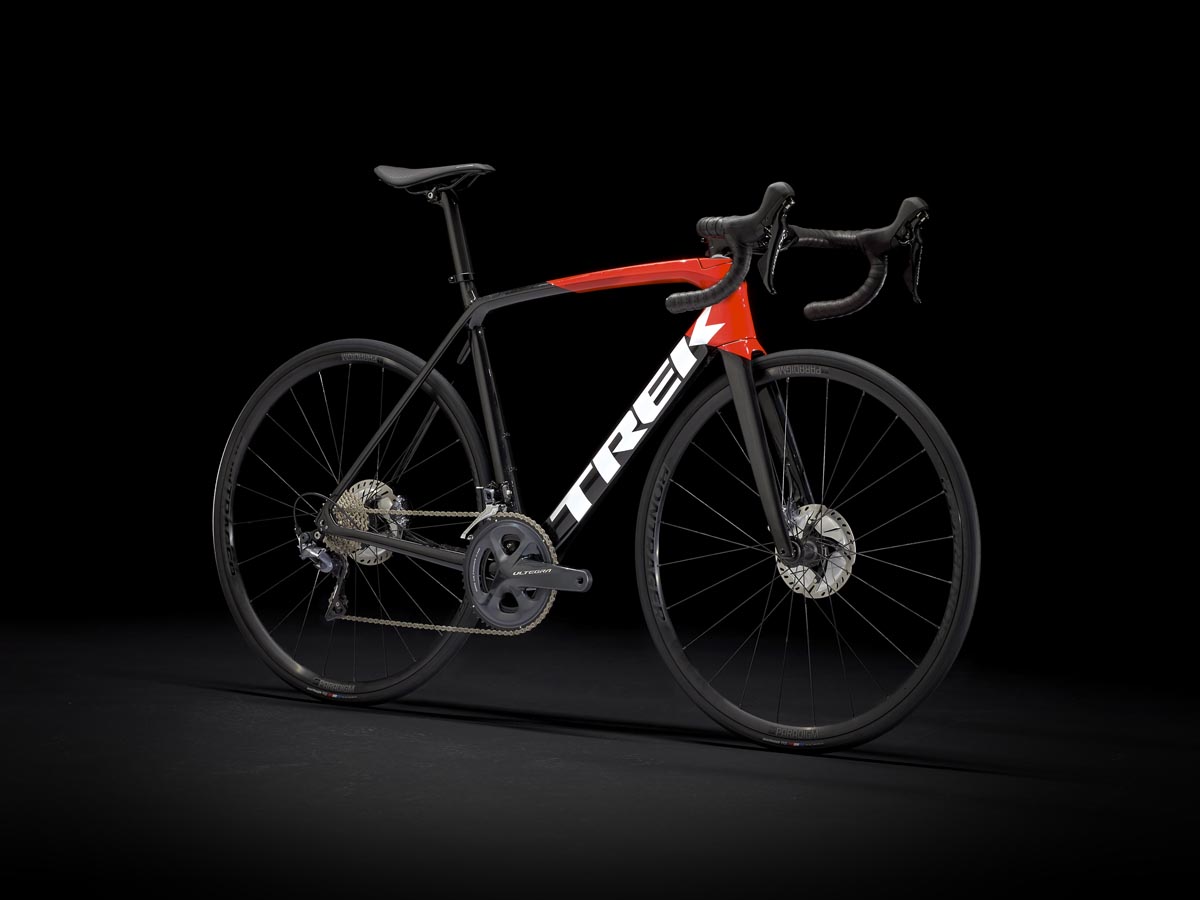
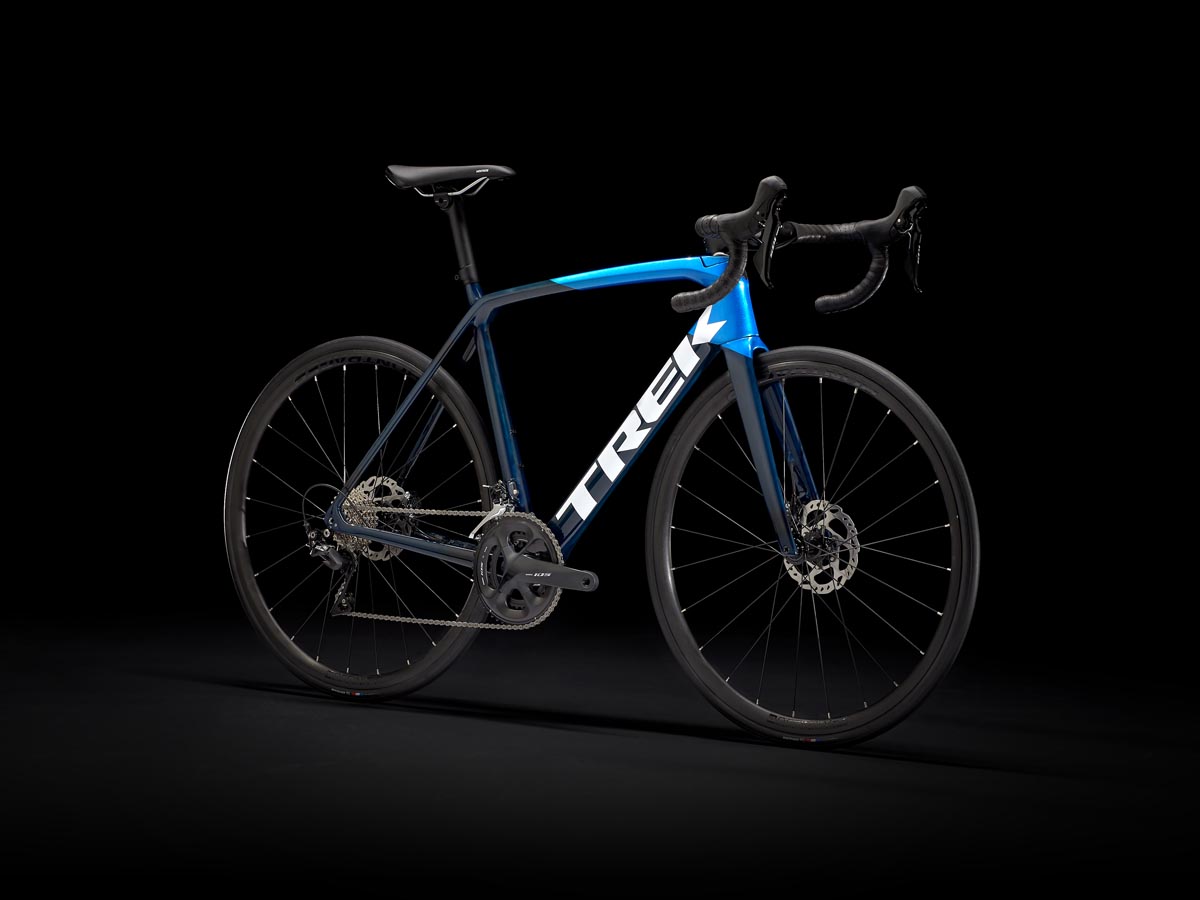
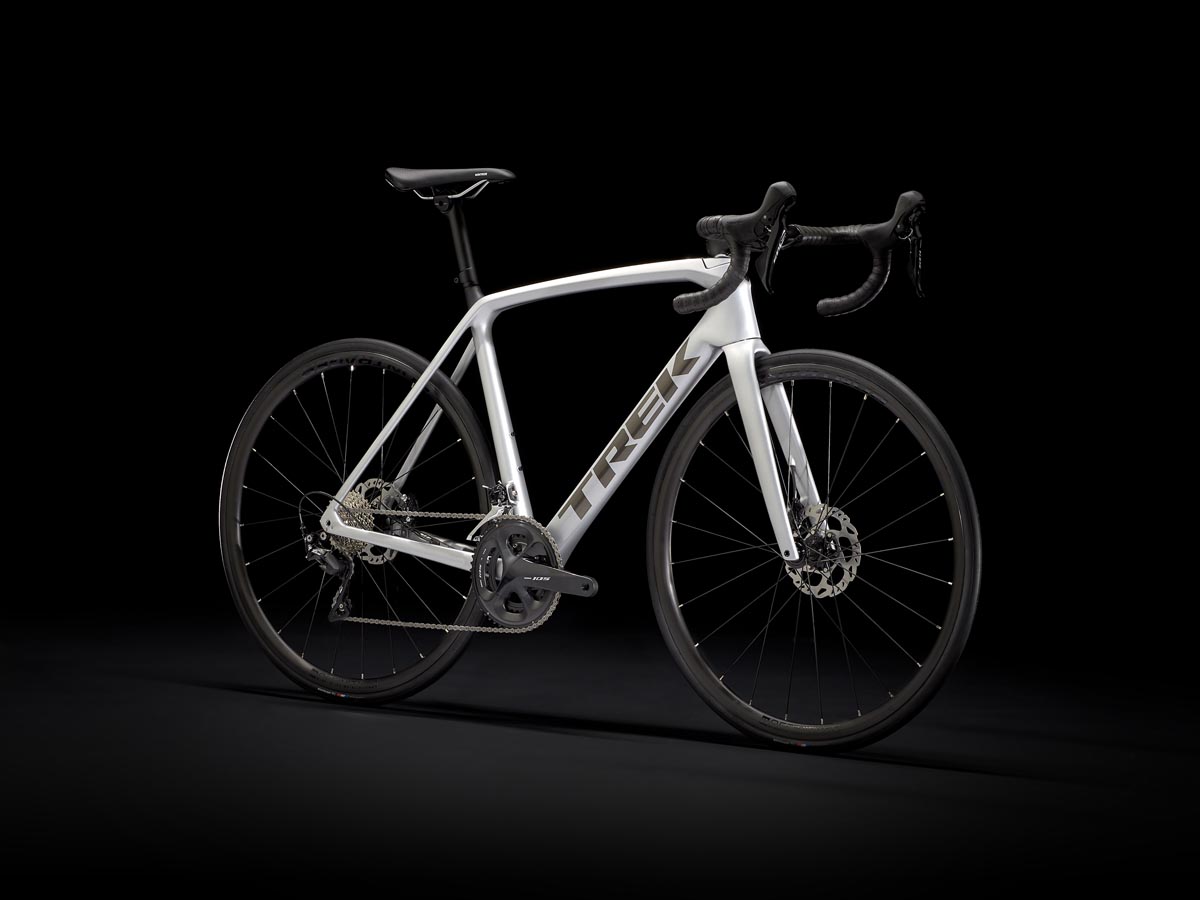 Offered in a wide range of builds, the Émonda will be available with both Shimano and SRAM eTap builds, many of which include the all new Aeolus carbon wheels. Pricing starts at $2,999.99 for the 2021 Émonda SL 5, and tops out at $12,499.99 for the SLR 9 models.
Offered in a wide range of builds, the Émonda will be available with both Shimano and SRAM eTap builds, many of which include the all new Aeolus carbon wheels. Pricing starts at $2,999.99 for the 2021 Émonda SL 5, and tops out at $12,499.99 for the SLR 9 models.
Available models:
- Émonda SL 5
- Émonda SL 6
- Émonda SL 6 Pro
- Émonda SL 7
- Émonda SL 7 eTap
- Émonda SL Disc Frameset
- Émonda SLR 6
- Émonda SLR 7
- Émonda SLR 7 eTap
- Émonda SLR 9
- Émonda SLR 9 eTap
- Émonda SLR Disc Frameset
Of course Trek’s Project One customization program is an option too, with new ICON paint schemes as well as the KOM paint scheme.
Learn more at TrekBikes.com.
Disclosure: Some of these links are affiliate links that may earn a small commission for Bikerumor if you click on them and buy something. This helps support our work here without costing you anything extra. You can learn more about how we make money here. Thanks!
